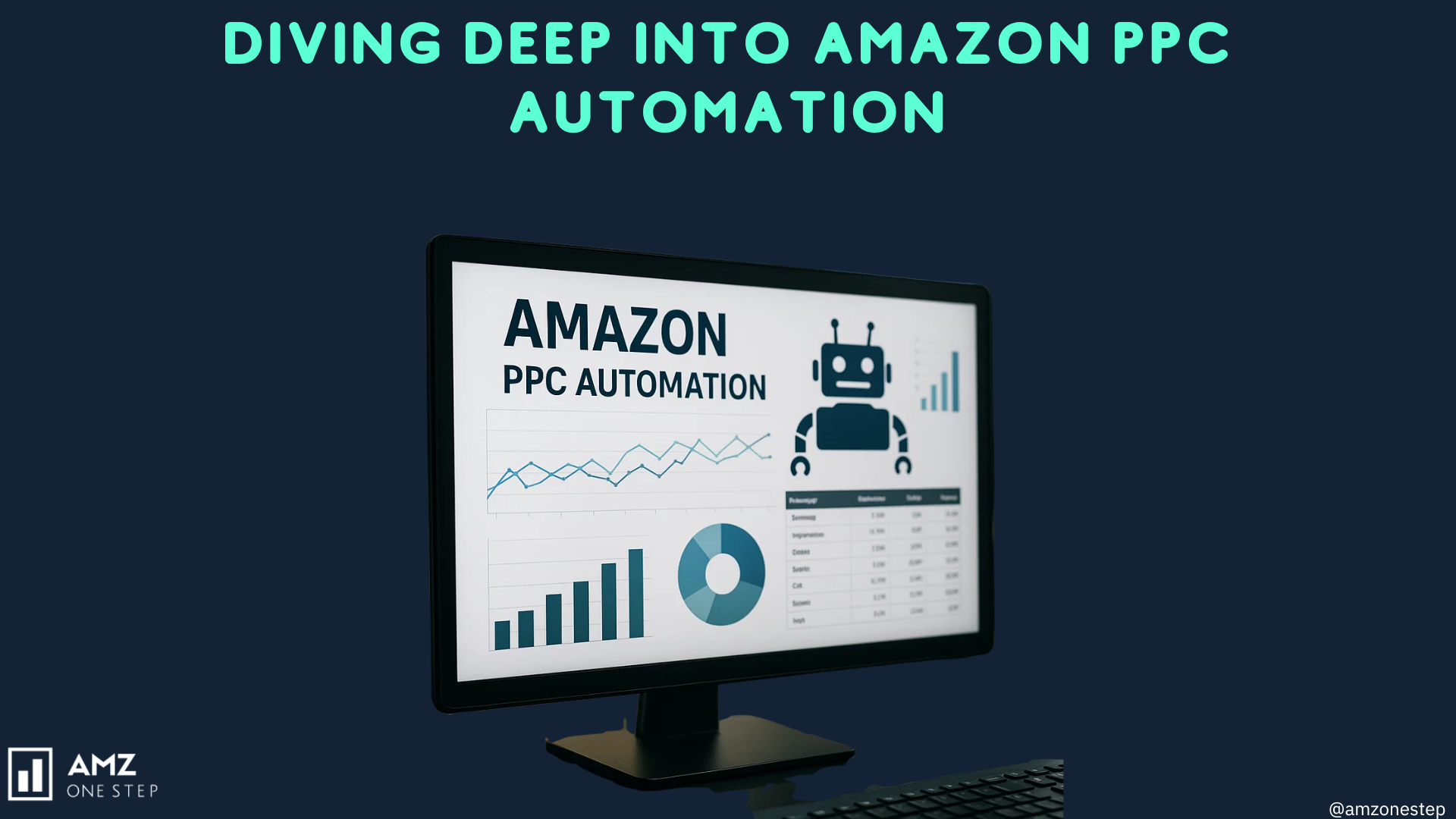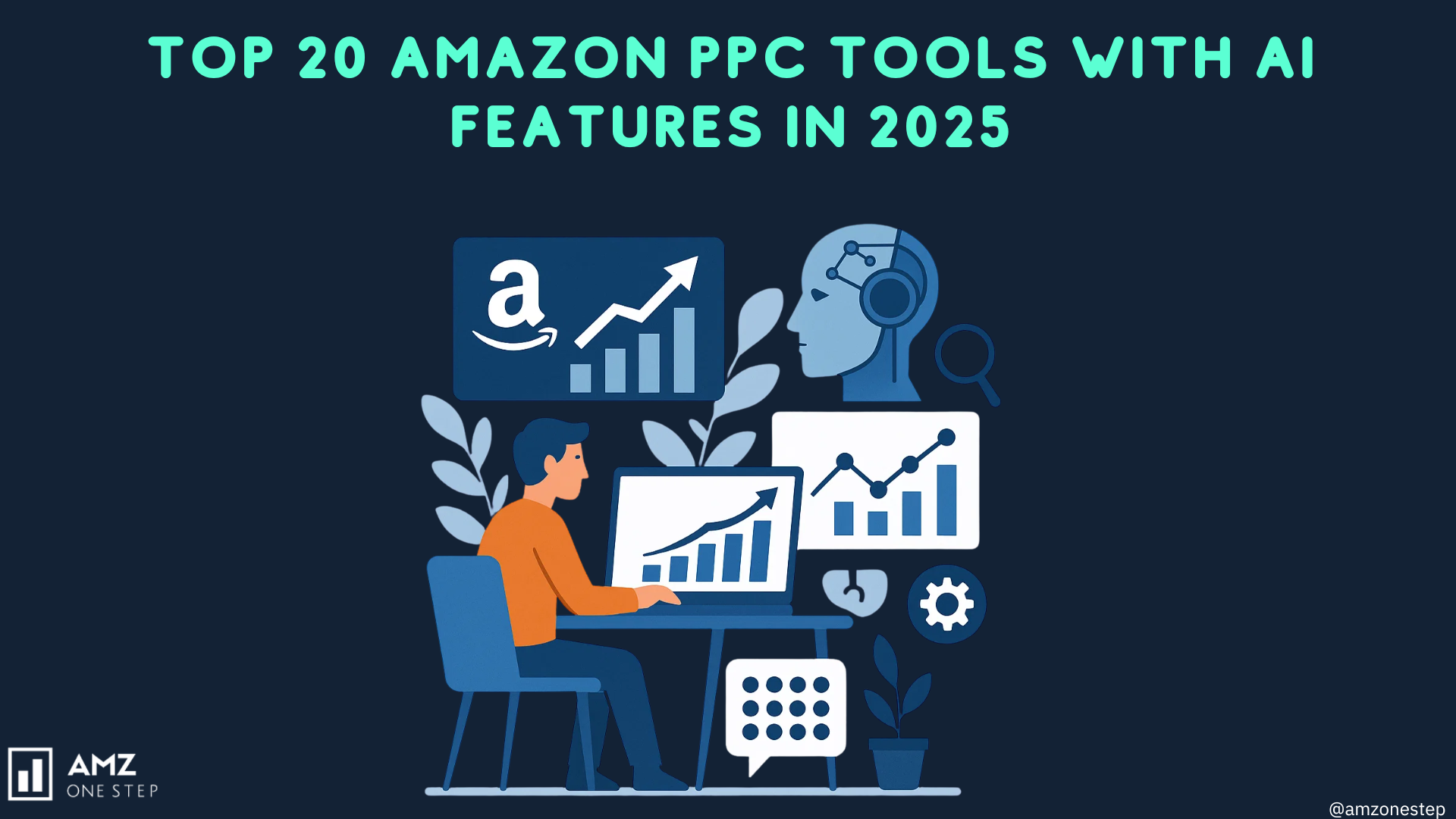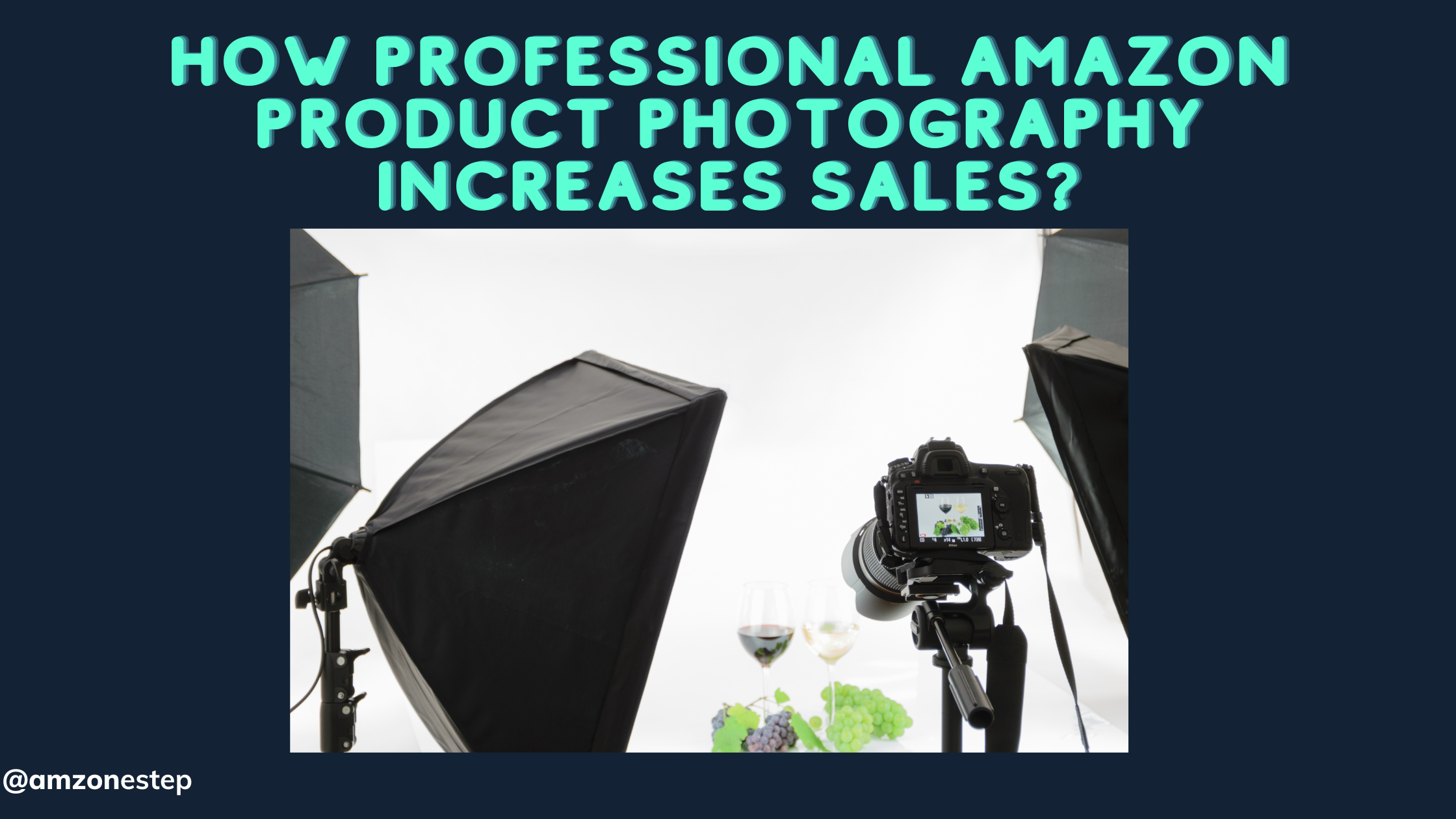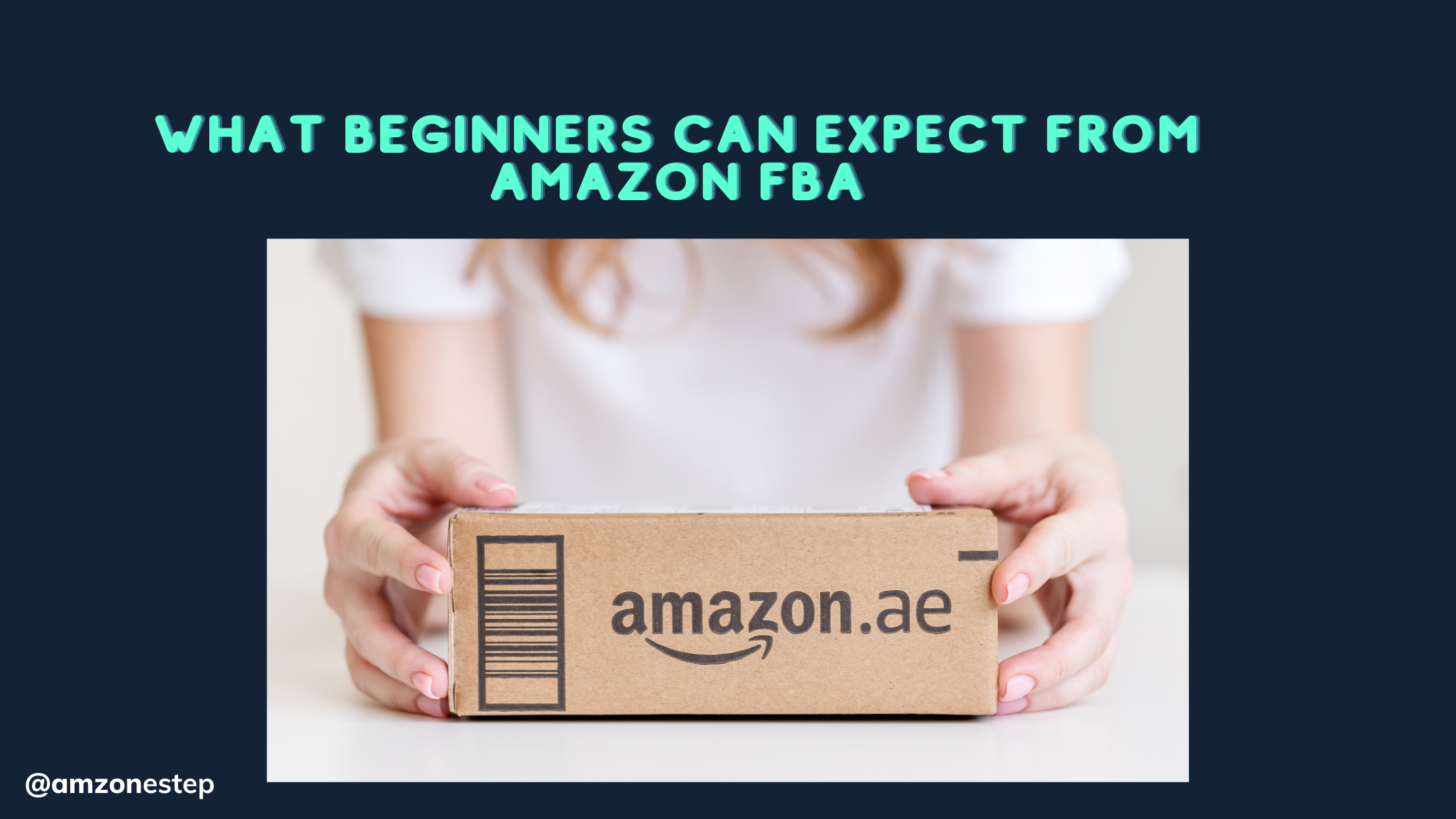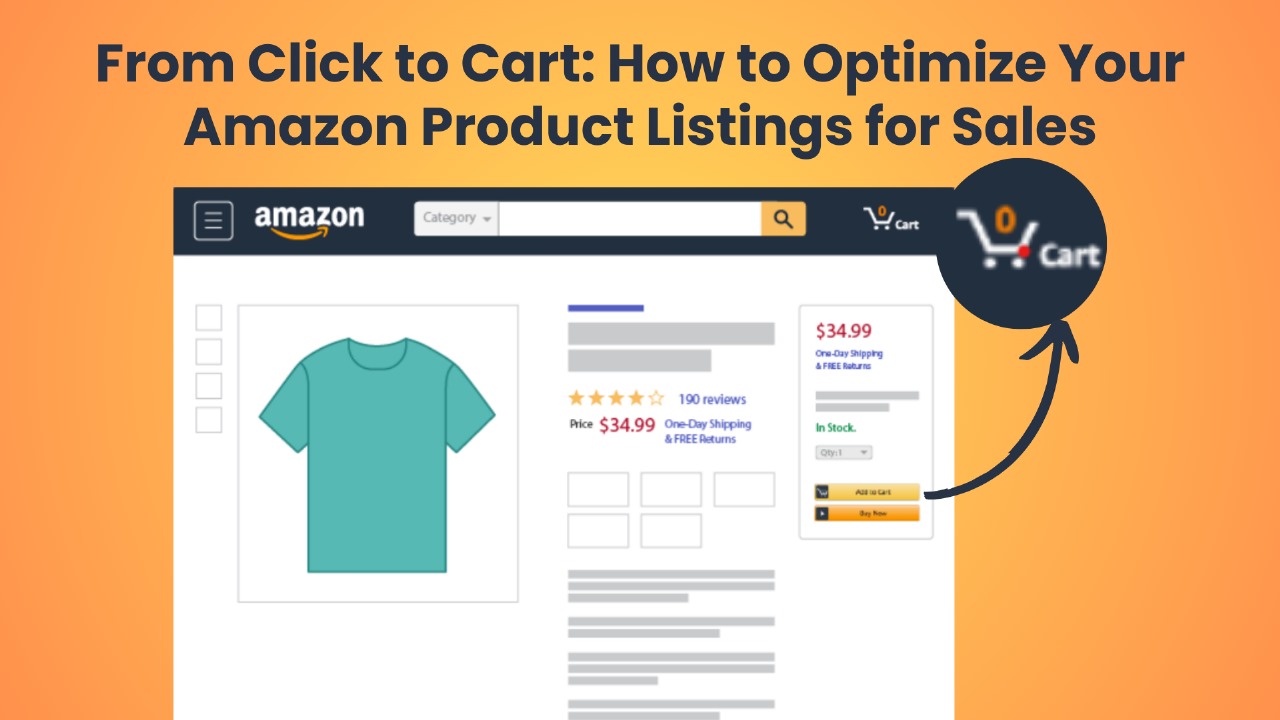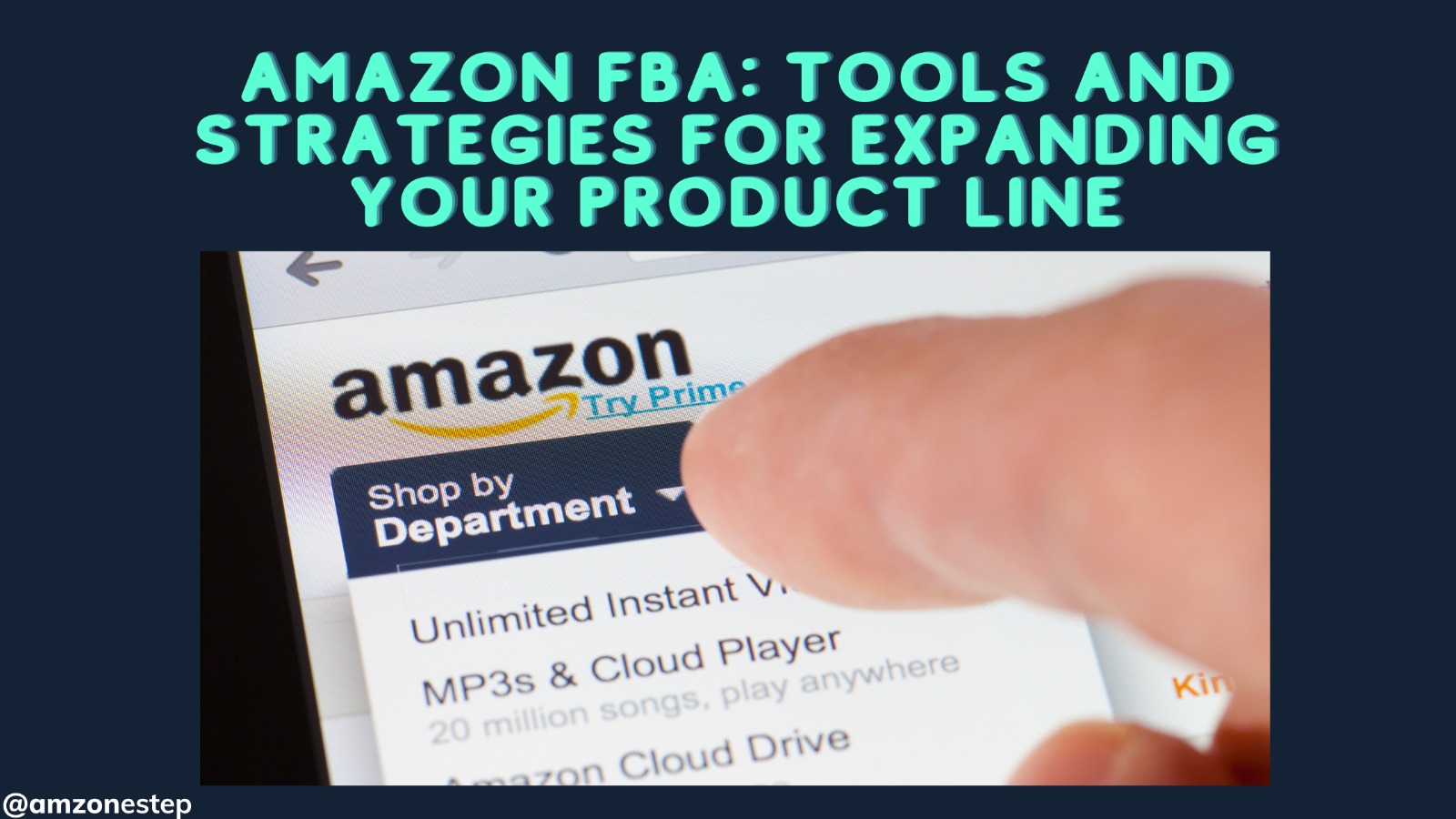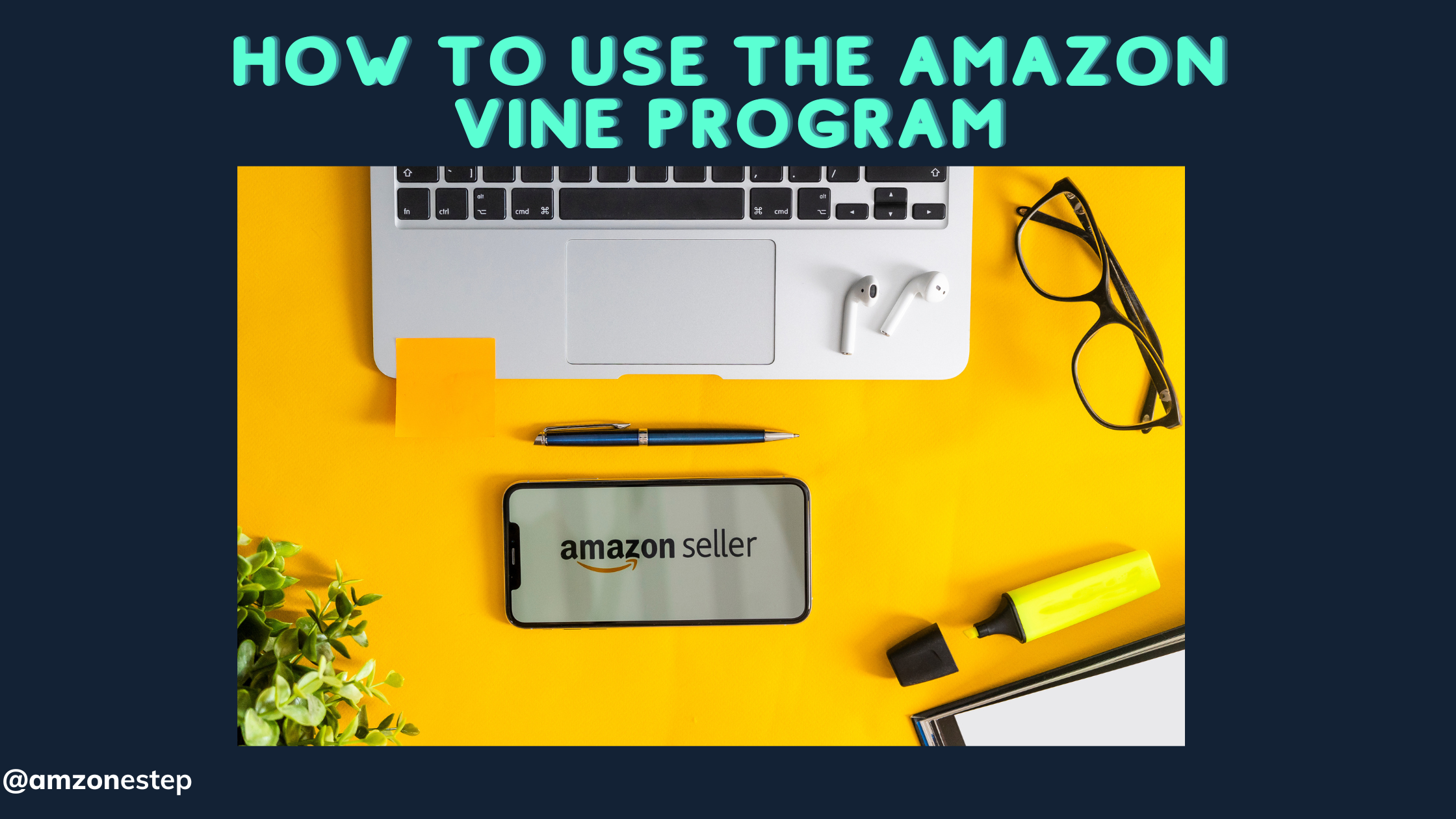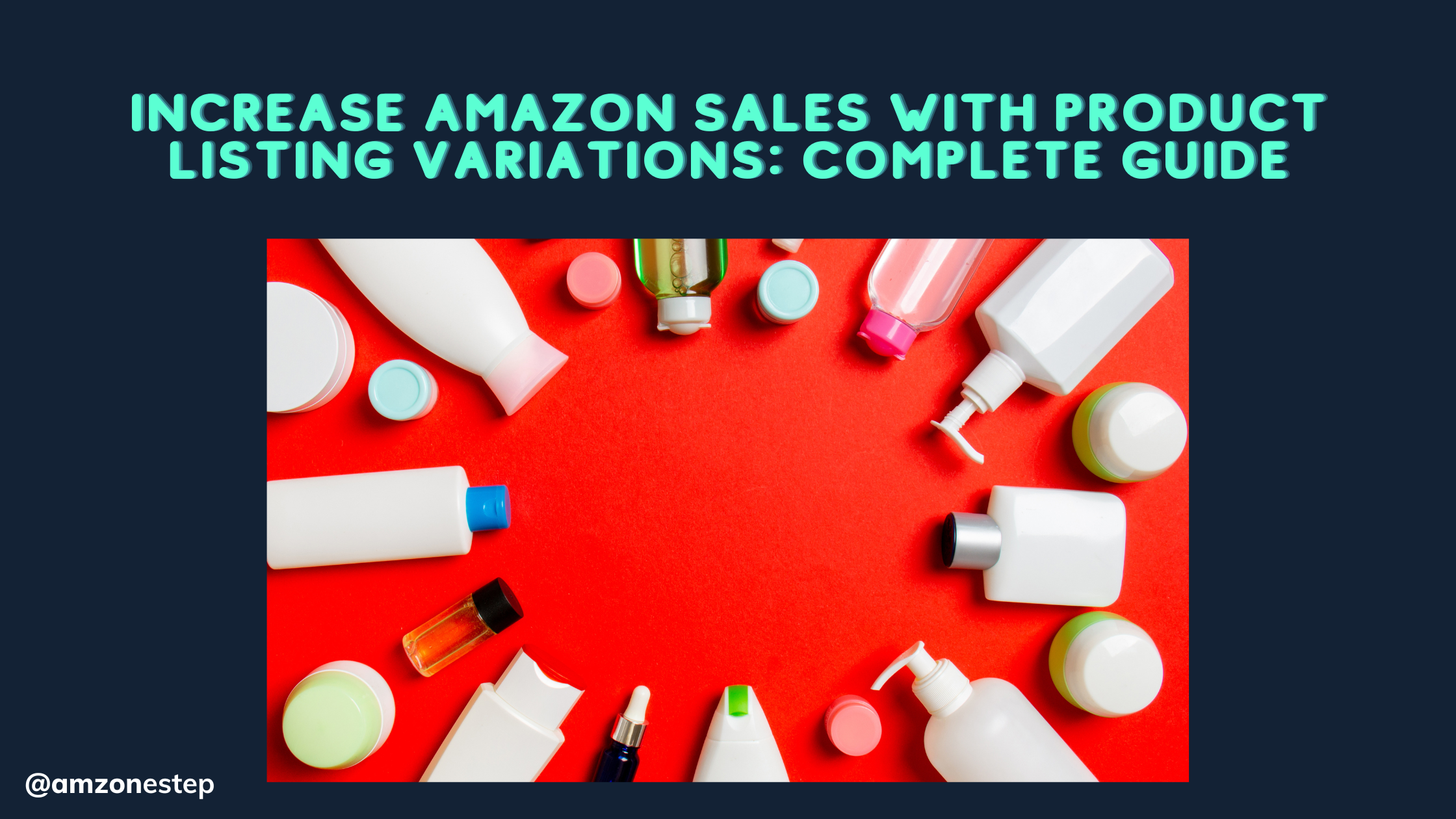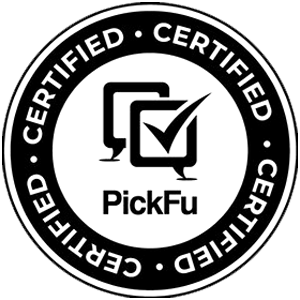Knowledge is power and the key to endless success in this digital marketplace giant. Suppose you had a crystal ball that revealed customer behavior, market trends, and product listing optimization secrets. Amazon’s Brand Analytics is dynamic, not a dream. Invest in data to generate revenue!
Decoding Amazon Market Basket Analysis
Cross-Selling Opportunities
As an artistic medium, cross-selling is best portrayed using Market Basket Analysis. Get down to the statistics and find out how all these products are related.
To increase sales and provide a better shopping experience for your clients, look for cross-selling opportunities, such as proposing complementary items or comparable accessories.
To increase the probability that customers would add more things to their carts, it is a good idea to strategically insert cross-selling suggestions based on client purchase history.
Unearthing Winning Combinations
Some items are more like a dynamic pair, designed to work hand in hand. Discover the secret behind popular product combinations with Market Basket Analysis. Find out how products that people often buy together work together.
Sellers can better cater to customer tastes with relevant advertising campaigns, bundles, and specials if they have a firm grasp on these combinations. To attract more customers, showcase popular combinations using visual aids like bundled product photos.
Expertise in Careful Packaging
Value creation is the ultimate goal of bundling, which goes beyond simple product pairing. Using Market Basket Analysis as a map, explore the vast realm of Amazon Product Bundling Strategies. Uncover the power of strategic bundling and watch your sales soar while customers see your company as the go-to solution provider.
Strategically bundle products according to client needs to make eye-catching packages that stand out in a competitive marketplace.
Increasing Amazon Average Order Value: The Golden Metric
Elevating the Cart Value
Metrics like Average Order Value (AOV) reveal a lot about a seller’s performance. The ability to understand but also affect AOV is given to sellers through Market Basket Analysis.
Discover effective techniques to upsell and create tempting offers that stimulate greater purchases, so you can increase your clients’ spending with every transaction. A pro tip is to set free shipping thresholds or tiered discounts so customers are incentivized to buy more.
Understanding What Customers Want
With so many options on Amazon, it’s crucial to know what makes a product popular. Item comparison and alternatives are the domains that Market Basket Analysis explores to uncover the elements that impact consumers’ decision-making processes.
Find out everything you need to know to improve product listings, add new features, and cater to client preferences. Product listings are a great place to highlight your items’ distinctive features and benefits to attract more buyers.
Analyzing Amazon Competing Products


Making Your Mark
Products in the same category may get some attention, but making yours stand out requires skill. Sellers can efficiently examine rival products with the help of Market Basket Analysis.
Learn to set yourself apart from the competition, take advantage of the gaps in the market, and develop a compelling value proposition that will attract your ideal customers. Use focused advertising efforts to highlight your items’ merits in comparison to the competition.
Differentiating Your Amazon Brand
How to Make Your Brand Stand Out
Your brand’s identity serves as a guiding light in a sea of competitors. You may learn a lot about consumers’ brand perceptions and preferences using Market Basket Analysis.
Learn how to make an indelible mark that goes beyond product sales by developing a unique identity for your business, engaging your target audience, and rewarding their devotion. Put money into your brand’s logo, packaging, and messaging so people will remember your business.
Predicting Amazon Seasonal Demand
Amazon sellers must optimize their sales approach by understanding seasonal demand. Look at your product category’s sales statistics and market trends to see when it’s most popular. Helpful tools for this investigation include Google Trends, third-party analytics software, and Amazon’s Seller Central.
Take swimwear as an example; summer is when you may expect a spike in demand. Keep this in mind when you organize your stock, advertising, and sales events.
Developing Products Based on Current Trends
Stay attentive in monitoring new developments in your field. Use resources such as social media, trade journals, and trend prediction websites. If you want to keep your inventory relevant to shifting customer tastes, you need to adjust your product offerings to match these changes.
For instance, you might want to think about releasing more environmentally friendly versions of your current products or adding more sustainable packaging if eco-friendly goods become popular.
Taking Advantage of Events and Holidays
Figure out which holidays and events are important to those in your audience. To take advantage of the increase in spending at these times, consider launching limited-time specials, bundles, or special deals. Make use of Amazon’s advertising tools, such as Coupons and Lightning Deals, to promote your products more effectively.
Creating special packages for Black Friday/Cyber Monday or running promotions leading up to New Year’s resolutions are two examples of what you may do if you sell exercise equipment.
Trend-Based Inventory Planning
To avoid either running out of stock or having too much on hand, accurate inventory planning is crucial. Make use of third-party software and Amazon’s inventory management capabilities to analyze trends, seasonality, and historical data to predict future demand.
In the electronic gadgets industry, for instance, keeping tabs on when new items are set to be released might help you manage your inventory so you can take advantage of spikes in demand.
Tips for Amazon Sellers
- Use analytics tools to monitor sales success, consumer behavior, and market trends for data-driven decision-making. You can use this data to make smart choices regarding stock levels, prices, and advertising campaigns.
- Always be ready to change up your marketing game in response to shifting consumer tastes and preferences. You can grab new possibilities and keep ahead of the competition if you’re flexible.
- Learn your customers’ likes and dislikes and adjust your products and services appropriately with the use of email marketing, social media, and feedback.
- Stay on top of product listing optimization by regularly updating and improving your listings. Make your products more visible and appealing to potential customers by using high-quality Amazon product photography, engaging product descriptions, and relevant keywords.
- If you want to reduce the blow of demand or market shifts, diversify your services. Look at supplementary items that can be added to your current stock.
- Stay abreast of your competitors’ moves by keeping tabs on what they’re up to. Find out how you can outdo them or how you can better your brand by looking at their prices, sales, and reviews.
- Always be up-to-date on the latest Amazon policies and standards so you can adapt to any changes. Your brand’s continued compliance and competitiveness depend on its ability to swiftly adapt to new rules or platform features.
Optimizing Product Availability in Prime Day and Events


There is no better time for sellers to increase sales than on Amazon Prime Day. Get a head start by making sure your product listings are optimized, your prices are competitive, and your promos are eye-catching. Take advantage of Prime Day to reach a wider audience and win over new consumers.
To encourage purchases during the event, you might provide exclusive Prime Day discounts or packages.
Maintaining an Appropriate Inventory Level
Prime Day and similar events tend to have exceptionally high demand. Take into account things like conversion rates and consumer behavior when analyzing previous sales data. Make sure you have enough of everything on hand to handle the surge in demand and avoid running out of stock.
For instance, if you know from past sales statistics that Prime Day sales are 50% more than usual, you should stock up on 50% more than usual.
Making the Most of Lightning Deals
To boost product exposure and revenue, take part in Lightning Deals. A huge number of shoppers can be enticed by these time-sensitive incentives. Get the most out of your Lightning Deals by carefully planning them and keeping tabs on how they’re doing in real time.
For instance, to generate excitement and increase sales, you could launch a Lightning Deal on a hot product in the early hours of Prime Day, providing a steep discount.
Evaluating Results After the Event
Perform a comprehensive performance review following Prime Day or another significant event. Analyze the results of promotions, consumer comments, and sales statistics. Take note of the successes and failures so you can adjust your approach for the next big event.
As an example, you might want to think about adding some of the tactics that worked so well for some of your items to your standard marketing mix.
Adapting to Current Market Conditions in Real-Time
Tracking Amazon Industry Trends
Keep yourself updated on any news about the Amazon marketplace, including algorithm modifications, new ad features, and policy changes. If you want to be at the top of your box, you need to keep up with the news, engage in webinars, and visit forums often.
Incorporate Amazon’s new feature that increases product visibility into your marketing strategy as soon as possible, for instance.
How to Adjust Products for New Fashions
You should always be informed of the latest developments in your product area. You should think about changing your products to fit with new trends if there is an unexpected change in customer tastes or technology.
For instance, you might want to think about adding suitable accessories to your product line or making bundles if smart home gadgets start to gain a lot of popularity.
Keeping Your Options Open When Positioning Your Product
Keep an open mind about how the market and your competitors can affect the placement of your product. Stay current in an ever-changing landscape by regularly reassessing your unique selling propositions and adjusting your marketing communications.
Take customer evaluations as an example; if they rave about a certain feature, you should highlight it in your ads.
Sustainable Practices Based on Customer Preferences
Evaluating Eco-Friendly Packaging
Find more sustainable solutions by analyzing the effects of your current packing materials on the environment. Think about how biodegradability, recyclability, and decreased carbon footprint affect the product. Analyze how eco-friendly packaging affects costs and how customers perceive it.
Refrain from using single-use plastics and instead use recyclable or biodegradable materials; highlight this change in your product descriptions to help the environment.
Communicating Sustainability Efforts
Gain your client’s trust by openly sharing your environmental efforts. Bring attention to the company’s commitment to environmental responsibility by revising product descriptions, ads, and packaging. To highlight your eco-friendly efforts, you might want to set up a specific area on your Amazon storefront.
Take product inserts or packaging stickers as an example of how you can let customers know about your commitment to sustainable practices and materials.
Satisfying the Need for Eco-Friendly Goods
Keep an eye on consumer reviews and industry tendencies to gauge interest in eco-friendly goods. Create new product lines or variants that cater to consumers who are concerned about the environment. Use Amazon’s search algorithms to your advantage by adding sustainability-related keywords.
Reusable or refillable versions of your current products could be a good option if there’s a rising demand for such items.
Building a Green Image with Eco-Friendly Practises
Create a sustainable brand identity by incorporating it. Craft an argument based on your desire to do your part for the environment and CSR. Get the word out about your eco-friendly brand using various marketing platforms including social media and Amazon A+ Premium Content.
For instance, you may showcase your eco-friendly packaging manufacture, collaborations with environmental groups, or other sustainable practices by sharing behind-the-scenes content on social media.
Global Market Trends for International Expansion
Looking at International Sales Trends
Find out where your products are selling well by looking at Amazon’s worldwide sales data. Expand your brand into international markets by analyzing global sales trends while keeping in mind regional market tendencies, cultural preferences, and seasonal changes.
For instance, if your cosmetics do well in Europe, you would want to think about increasing your footprint thereby focusing your marketing efforts on the region’s specific beauty norms and trends.
Determining Desired Global Markets
Find out where you want to expand internationally by doing some serious market research. Think about things like cultural subtleties, shipping logistics, and legal constraints. Give top priority to markets that have both product demand and a favorable competitive environment.
Consider expanding into some Asian areas with strong tech adoption if, for instance, your electrical goods are popular in Asia.
Creating Customized Products for International Markets
Make your products more suitable for a wide range of people all over the world. To achieve this goal, it may be necessary to modify product specifications, packaging, or advertising copy to appeal to local tastes.
For instance, when selling clothes, it’s a good idea to provide a range of sizes to accommodate the various regional sizing standards that are common in your target foreign markets.
Overcoming Obstacles in International Trade
Solve problems like complicated shipping, customs procedures, and currency concerns that arise when selling internationally. Shorten shipping times and simplify international logistics by using Amazon’s Fulfillment by Amazon (FBA) program.
For instance, to avoid bad reviews about international delivery, make sure to clearly state shipping costs and times on your product listings. This will help manage customer expectations.
Ad Creative Based on Customer Engagement Data
Monitoring Click-Through Rates (CTR)
To determine how effective your Amazon creatives are, check the click-through rates of your campaign regularly. Find the ads that are doing well and the ones that aren’t. Find out what your audience likes and what could use some work by analyzing this data.
Consider incorporating comparable graphics into other ad creatives if, for instance, one ad using a particular product image gets a noticeably higher CTR.
Conversion and Impressions Analysis
Learn more about the frequency of ad views and the number of ads that lead to sales by analyzing conversion statistics and ad impressions. Find out which ad creatives are getting people to click through and buy by looking for trends and patterns.
If you find that a certain headline consistently increases conversions, for instance, you should use that same language in all of your advertising.
Improving Ad Copy Iteratively
Iteratively tweak your ad copy using engagement statistics. Try out various headlines, descriptions, and calls to action to observe the effects on CTR and conversions. Be flexible enough to change your ad copy when your target audience’s tastes change.
For future campaigns, you could want to think about using the same promotional message that led to more engagement, such as a seasonal special in the ad copy.
Matching Brand Identity with Current Market Trends
Always be aware of what’s happening in the market and try to work it into your ads. Advertisements that are in sync with current trends do double duty: they draw in viewers and present your items in a positive light.
Take into account using a currently popular hashtag or theme associated with your product category in your ad copy or advertisements.
Tips for Building Ad Concepts
- Run different, slightly different versions of the identical ad to see which one performs better. Find the best parts by comparing performance metrics.
- Make changes to ad concepts according to the changing seasons and holidays. Make your content feel more current and relevant by adjusting the listing images and copy to match the season.
- You could want to think about including some nice reviews or feedback from customers in your ad creatives. Trustworthy testimonies have the power to sway prospective customers.
- Use only high-quality, relevant, and visually appealing images in your ads. See which pictures your target demographic responds to the most by conducting a test run.
- To optimize your ad copy for visibility and target audience, incorporate relevant keywords. Find out what people are looking for online and use those terms in your ads.
- Make sure your ad creatives are optimized for different devices by using responsive design. All users should enjoy a uniform and interesting experience regardless of their screen size, therefore make sure the layout and design are responsive.
Amazon Voice Search Optimization for SEO Advantage
As voice shopping grows in popularity, it’s important to acknowledge its influence on online purchasing. To put it simply, the way people use search engines is changing due to voice-activated devices and virtual assistants. Always keep yourself updated on the latest developments in voice search technology.
The use of voice commands to search for products on Amazon is becoming more common; as a result, your SEO approach should reflect this trend.
Making Listings More Voice-Activated Friendly
Use people’s natural speech patterns to structure your product listings. When describing your products and making bullet points, use language that everybody can understand. Think about what people would ask when looking for things online and answer their questions appropriately.
Consider a more conversational title, such as “Find me high-quality wireless Bluetooth earbuds,” as an alternative to a more formal one, such as “Wireless Bluetooth Earbuds.”
Changing Keyword Approaches for Voice Search
To improve your keyword approach, try using long-tail keywords and phrases that sound natural. Visualize the questions customers might ask when speaking to you about your items. Use these voice-friendly keywords to optimize your content and boost its chances of appearing in voice search results.
If you’re looking for a waterproof camera but don’t want to use the term “waterproof camera,” try asking, “What are the best waterproof cameras for underwater photography?”
Getting Ready for Voice Search’s Rising Impact
Take the initiative to get ready for the growing impact of voice search. Identify voice-related questions that link to your products by regularly analyzing your Amazon search term reports. Use the information in these reports to continuously improve your content and keyword tactics.
For instance, you can highlight particular product features in your listings if you see a spike in voice searches linked to those qualities.
Bottom Line
You’re ready to Amazon-fy your success story now that you know how to predict seasonal wants, ride trends, and perfect your techniques like a salsa dancer. Dear seller, may your sales be as high as a clown vehicle full of happy consumers and your techniques as agile as a cat dodging cucumbers. Sell well, and may the algorithms reward you!
Meta Description
Discover customer behavior, search trends, and competitor plans with Amazon Brand Analytics. Incorporate insights into revenue-generating initiatives to lead Amazon.
CTA
Sell More on Amazon With Amz One Step!

Hi there! I’m the content marketing and branding specialist for AMZ One Step. I work hard to create engaging and informative content that helps our readers learn more about Amazon selling and how to make the most of their businesses. I love spending time with my family and exploring literary works when I’m not writing or working on projects.


